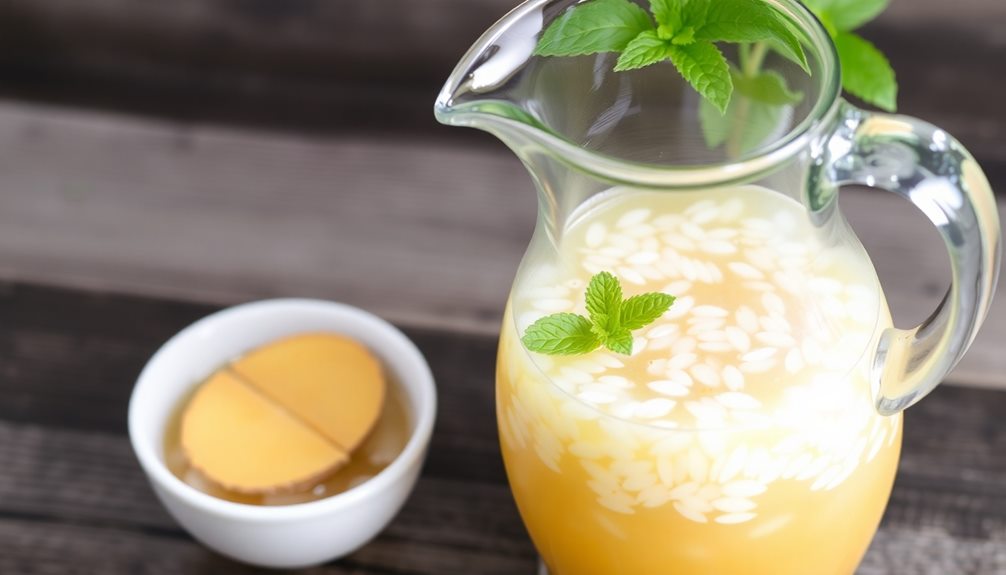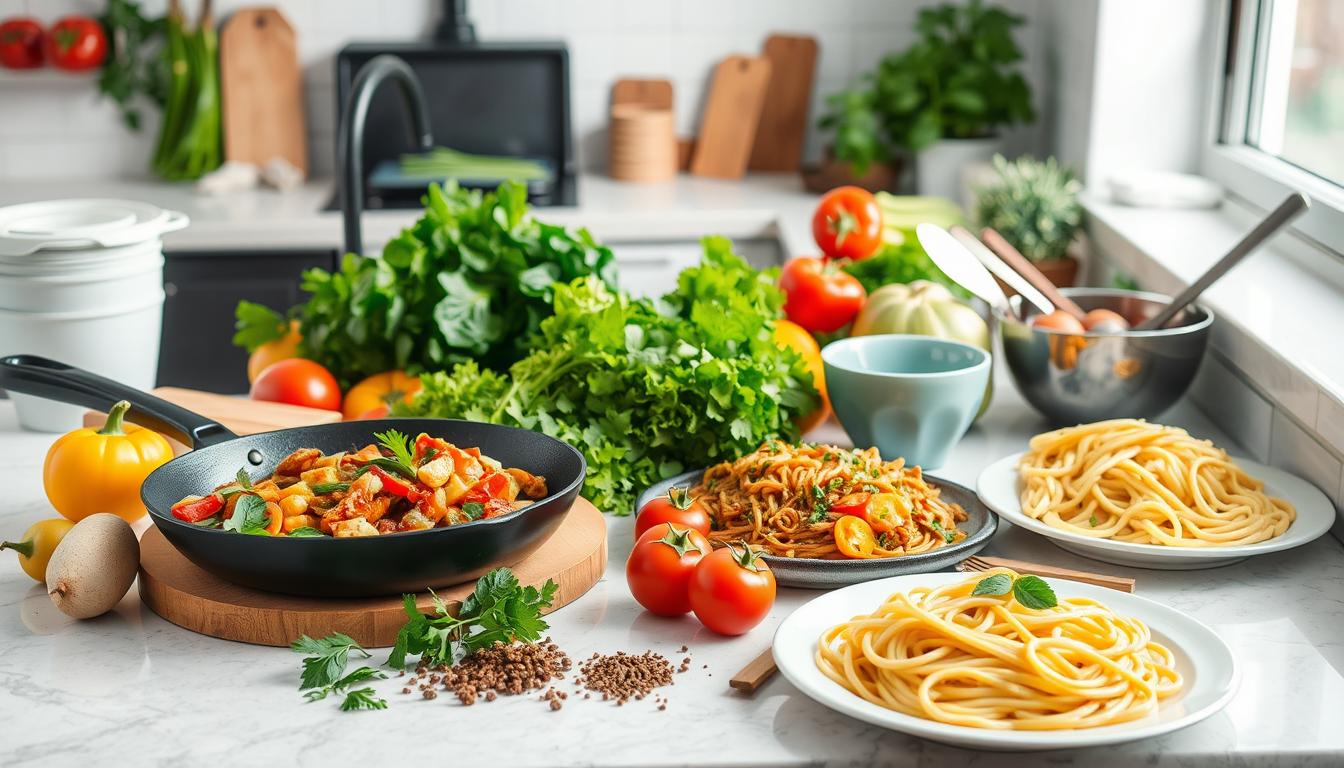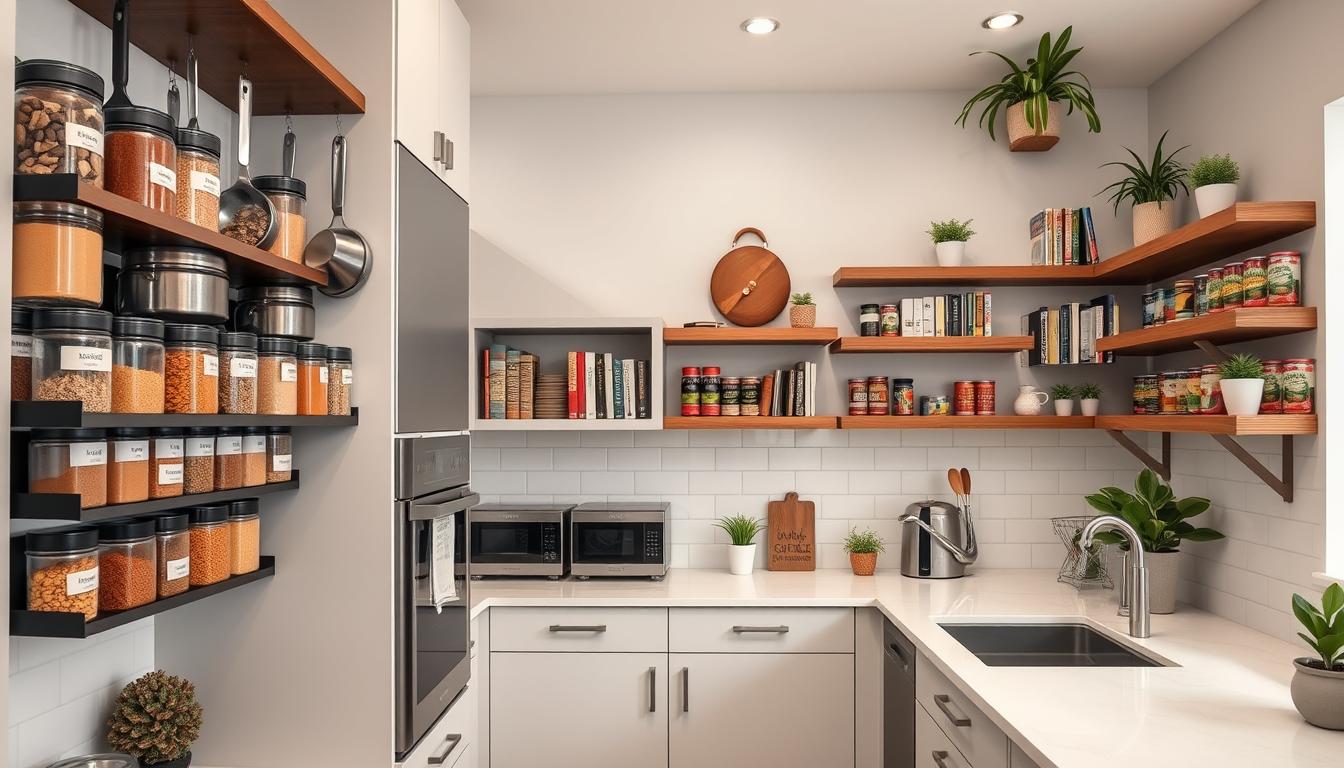Idli and sambar are the beloved breakfast duo that have captivated South India for centuries. The soft, fluffy rice cake called idli pairs perfectly with the aromatic, tangy lentil stew known as sambar. This traditional meal reflects the rich culinary heritage of the region, where it's commonly enjoyed during festivals and family gatherings. Fermented ingredients in idli and nutrient-dense vegetables in sambar make this a balanced and healthy breakfast. Though simple, the harmonious flavors and textures of this south Indian staple have earned it a global following – and if you keep reading, you'll discover why it's so beloved.
Key Takeaways
- Idli and sambar are traditional South Indian dishes with a rich cultural heritage, tracing their origins back to the 6th and 17th centuries, respectively.
- These dishes are staple breakfast and snack items in South India, representing the region's culinary traditions and fostering community and family gatherings.
- Idli is a soft, fluffy rice cake, while sambar is a tangy, aromatic lentil stew, creating a harmonious balance of textures and flavors.
- The preparation of idli involves fermentation of rice and urad dal batter, while sambar is made with toor dal, tamarind, vegetables, and spices.
- The combination of idli, sambar, and optional coconut chutney provides a nutritious, low-calorie, and fiber-rich meal suitable for vegetarian and gluten-free diets.
History
Idli and sambar have a rich history that dates back centuries in South Indian cuisine. These beloved dishes have been enjoyed by generations, becoming a staple breakfast and snack throughout the region.
The origins of idli can be traced to the 6th century AD, with references found in ancient South Indian literature. Sambar, on the other hand, emerged in the 17th century as a flavorful lentil-based stew, often accompanying the soft, fluffy idli.
Over time, both dishes have evolved, with various regional variations developing, each with its own unique taste and preparation method.
Today, idli and sambar remain immensely popular, not just in South India, but across the country and even globally, as people savor the harmonious blend of flavors and textures.
The enduring appeal of this classic pairing is a testament to the rich culinary heritage of South India. The symphony of flavors and textures in this dish has been passed down through generations, highlighting the region’s deep connection to fresh, wholesome ingredients. Much like mastering traditional recipes, perfecting modern trends such as smoothie bowls requires attention to detail. For those looking to elevate their presentation, incorporating smoothie bowl decoration tips, such as layering fruits and seeds or drizzling nut butter in intricate patterns, can transform a simple meal into an artistic expression.
Recipe
Idli and sambar is a classic South Indian dish that's beloved for its comforting flavors and nourishing properties. Idli, a soft and fluffy rice cake, is the perfect vehicle for the tangy and aromatic sambar, a lentil-based stew.
The combination of the two creates a harmonious balance of textures and tastes, making it a staple in many households across the region. This recipe will guide you through the process of preparing these two components from scratch, ensuring that you can enjoy this quintessential dish in your own kitchen.
Ingredients:
- 1 cup rice
- 1/2 cup urad dal (white lentils)
- 1 tsp fenugreek seeds
- 1/2 tsp salt
- 1 cup toor dal (pigeon peas)
- 1 onion, diced
- 2 tomatoes, diced
- 1 tsp tamarind paste
- 1 tsp sambar powder
- 2 tsp coconut oil
- 1 tsp mustard seeds
- 1 sprig curry leaves
- Salt to taste
Cooking Instructions:
In a large pot, combine the rice, urad dal, and fenugreek seeds. Add water and soak for at least 4 hours, or overnight.
Drain the soaked ingredients and grind them into a smooth batter. Cover and ferment the batter for 8-12 hours. Once fermented, add salt and mix well. Steam the batter in an idli steamer for 10-12 minutes until the idli are cooked through.
For the sambar, cook the toor dal until soft, then mash it lightly. In a separate pan, heat the coconut oil and add the mustard seeds. Once they start to splutter, add the diced onion and curry leaves.
Sauté until the onion is translucent. Add the diced tomatoes, tamarind paste, and sambar powder. Stir well and let the mixture simmer for 10-15 minutes, or until the flavors have combined. Season with salt to taste.
Serve the hot idli with the steaming sambar, garnished with a drizzle of coconut oil and a few curry leaves. Enjoy this comforting and nutritious meal!
Cooking Steps
First, you'll need to soak the rice and urad dal for a few hours.
Once they're nice and soft, you'll grind them up into a smooth batter.
Then, let the batter ferment overnight to get all bubbly and delicious.
Step 1. Soak Rice and Urad Dal
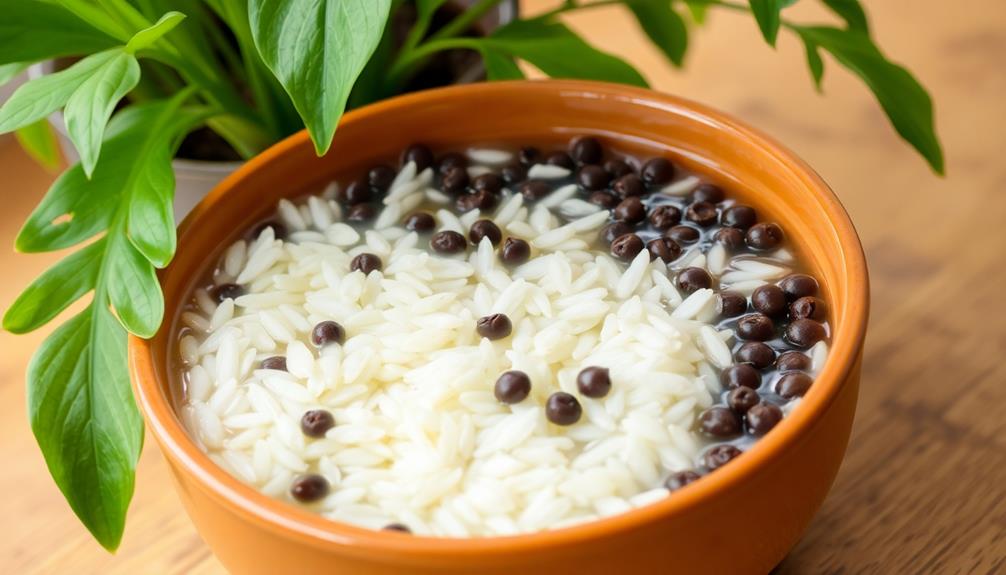
To prepare the batter, you'll need to soak the rice and urad dal separately.
Start by rinsing the rice and urad dal under running water until the water runs clear. Then, place the rice in one bowl and the urad dal in another, covering each with water. Let them soak for about 4-6 hours, or until the grains have softened.
Once the soaking time is up, drain the water from both bowls.
Now, you'll need to grind the soaked ingredients into a smooth batter. Use a high-powered blender or a traditional stone grinder to do this. Add a little water as needed to get the perfect consistency – not too thick, not too thin. The batter should have a flowing, velvety texture.
After grinding, transfer the rice batter and urad dal batter to separate containers.
Cover them and set aside for the fermentation process to begin. This will make your idli batter light and fluffy, ready for steaming.
Step 2. Grind Soaked Rice and Dal
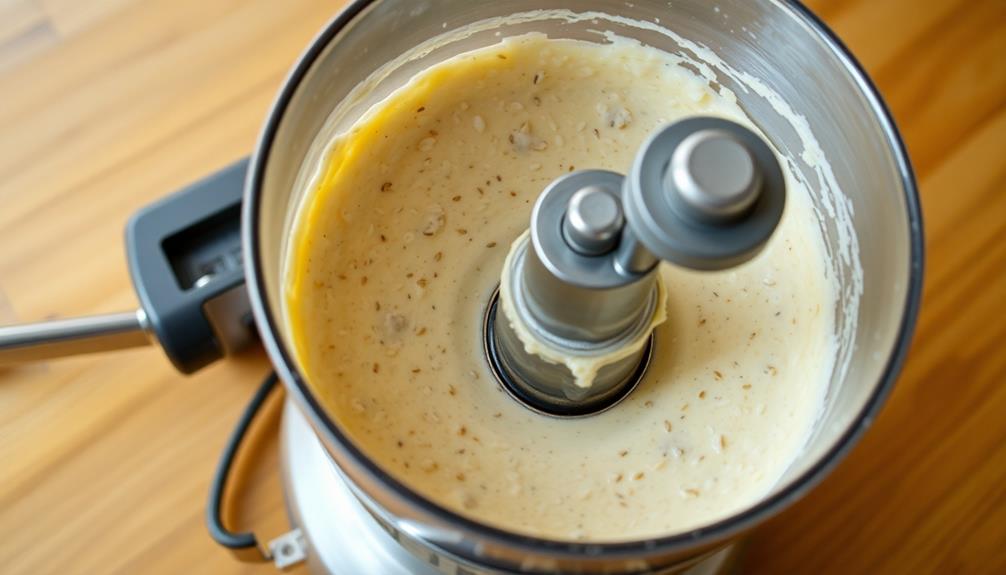
Once the soaking time is up, you'll need to drain the water from both bowls.
Grab a mesh strainer and carefully pour the rice and urad dal into it, letting the excess liquid drain away.
Now, it's time to grind these ingredients into a smooth batter.
You'll want to use a powerful blender or food processor for this step.
Add the soaked rice and dal to the blender, along with a splash of fresh water.
Pulse and blend the mixture, pausing to scrape down the sides as needed, until you achieve a lump-free, creamy consistency.
The batter should be thick but pourable.
Transfer the ground batter to a large bowl.
Cover it and let it rest for a few hours, allowing the flavors to meld and the batter to ferment slightly.
This resting period is crucial for achieving the perfect texture and flavor in your homemade idli.
Step 3. Ferment the Batter Overnight

After transferring the ground batter to a large bowl, you'll want to cover it and let it rest overnight. This fermentation process is crucial for developing the perfect idli texture and flavor.
As the batter sits, the natural yeasts and bacteria will start working their magic, breaking down the starches and proteins. You'll notice the batter expand and become bubbly – this is a good sign that the fermentation is underway.
Be sure to keep the bowl in a warm spot, as the ideal temperature for fermentation is around 75-85°F. This helps the microorganisms thrive and produce the CO2 that gives idlis their signature fluffiness.
After 8-12 hours, your batter should be ready to go. Give it a good stir, and it's time to start steaming those idlis! The fermented batter will have a slightly sour, yeasty aroma – this is exactly what you want.
With just a little patience, you'll have a batch of soft, pillowy idlis ready to enjoy with your homemade sambar.
Step 4. Steam the Batter
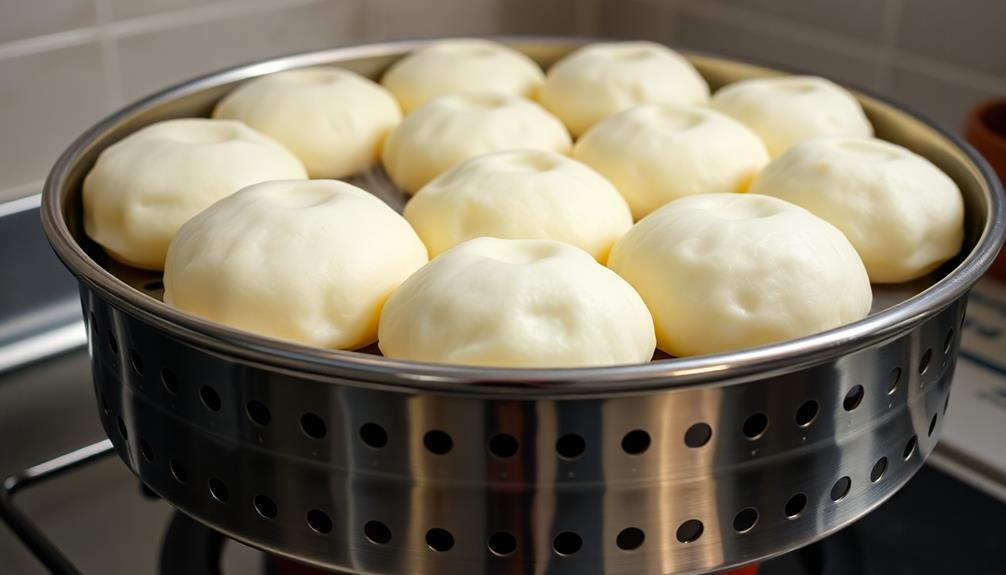
First, grease the idli steamer plates or idli plates with a little oil or butter. This helps the batter release easily once cooked.
Next, pour the fermented batter into the greased idli plates, filling them about three-quarters full. Be careful not to overfill, as the batter will expand during steaming.
Now, place the idli plates in the steamer, making sure they fit snugly. Cover the steamer and let the idlis steam for about 10-15 minutes over high heat.
You'll know the idlis are ready when a toothpick inserted comes out clean. Carefully remove the steamer lid, taking care to avoid the hot steam.
Use tongs to take out the idli plates, and let the idlis cool for a minute before gently removing them from the plates.
Serve the soft, fluffy idlis hot with tangy sambar and delicious coconut chutney. Enjoy this classic South Indian breakfast delight!
Step 5. Serve With Coconut Chutney
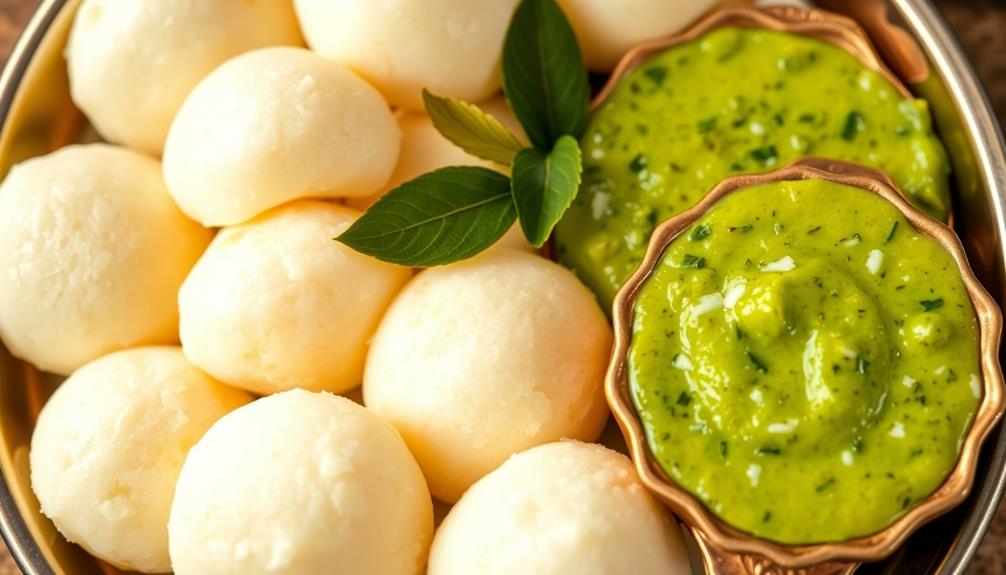
To accompany the steaming hot idlis, prepare a delectable coconut chutney. This creamy, aromatic condiment is the perfect accompaniment, adding a burst of flavor to your meal.
Start by grating fresh coconut. You can use a box grater or food processor to get the coconut into fine, fluffy pieces.
In a blender, combine the grated coconut, a few green chilies, garlic cloves, and a pinch of salt. Blend until you've achieved a smooth, spreadable consistency.
For an extra layer of flavor, temper the chutney by heating oil in a small pan. Once the oil is hot, add mustard seeds, curry leaves, and a dash of asafoetida. Allow the spices to sizzle for a moment, then pour the tempered oil over the chutney. Give it a good stir to combine.
Serve the coconut chutney alongside the steaming idlis, inviting your taste buds on a delightful journey through the vibrant flavors of South India.
Final Thoughts
Undoubtedly, idli and sambar hold a hallowed place in the hearts and palates of countless individuals. This dynamic duo has long been a beloved breakfast staple, cherished for its delightful flavors and nourishing properties.
As you savor each bite, you're transported to the vibrant streets of South India, where the aroma of freshly steamed rice cakes and fragrant lentil stew fills the air.
The beauty of idli and sambar lies in its simplicity. The soft, fluffy idli acts as the perfect canvas, allowing the rich and tangy sambar to shine.
Whether you prefer your sambar thick and hearty or light and tangy, the combination is nothing short of sublime. Pair it with a side of crisp, golden vada or a spoonful of refreshing coconut chutney, and you have a meal that delights the senses and nourishes the soul.
As you embark on your culinary journey through South India, be sure to indulge in the timeless delights of idli and sambar.
It's a fusion of flavors that will leave you craving more.
Frequently Asked Questions
What Are the Nutritional Benefits of Idli and Sambar?
Idli and sambar provide you with a nutritious and filling breakfast. The steamed rice cakes are low in fat and high in carbohydrates, while the sambar is rich in protein, fiber, and essential vitamins and minerals.
How Can I Make Idli and Sambar Vegan?
To make idli and sambar vegan, you can replace the traditional ingredients like yogurt, ghee, and buttermilk with plant-based alternatives like coconut milk, vegan butter, and non-dairy yogurt. Experiment with lentils, vegetables, and spices to create a delicious and nutritious vegan version.
Can Idli and Sambar Be Prepared in Advance?
Yes, you can prepare idli and sambar in advance. Make the idli batter ahead of time, steam the cakes when needed. Prepare the sambar in advance and reheat it before serving. This allows you to have a quick, delicious breakfast ready to go.
What Are the Best Accompaniments to Idli and Sambar?
You can pair idli and sambar with a variety of accompaniments like coconut chutney, tomato chutney, spiced lentil fritters, or even a spicy vegetable stew. The possibilities are endless, so experiment to find your favorite combo!
Can Idli and Sambar Be Served for Lunch or Dinner?
Absolutely! Idli and sambar can be enjoyed not just for breakfast, but also as a satisfying lunch or dinner. The savory rice cakes and aromatic lentil stew make a delightful and nourishing meal any time of day.

